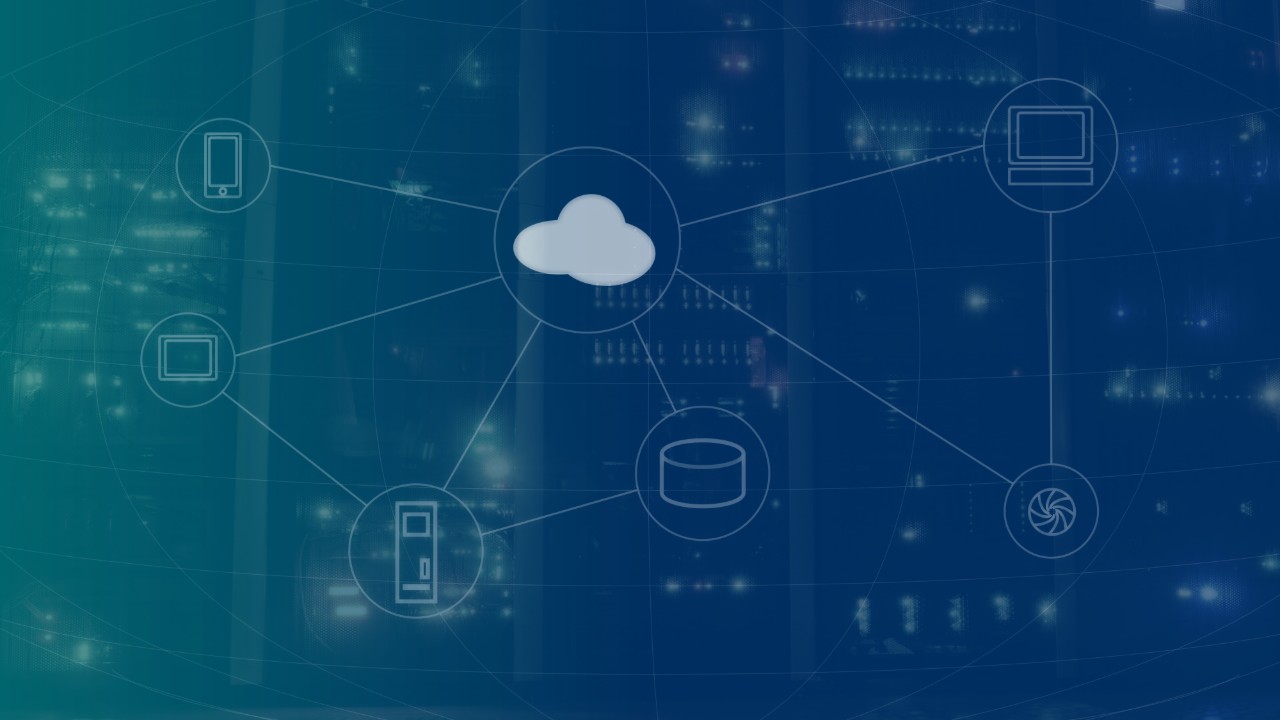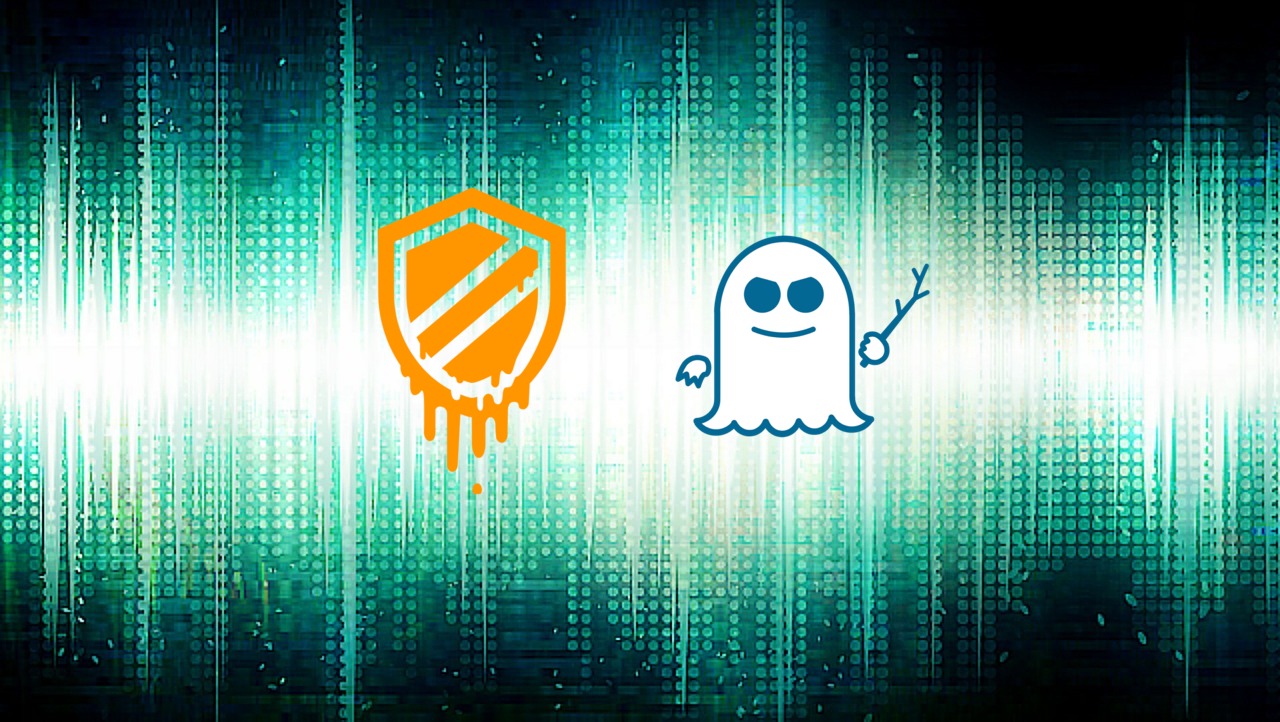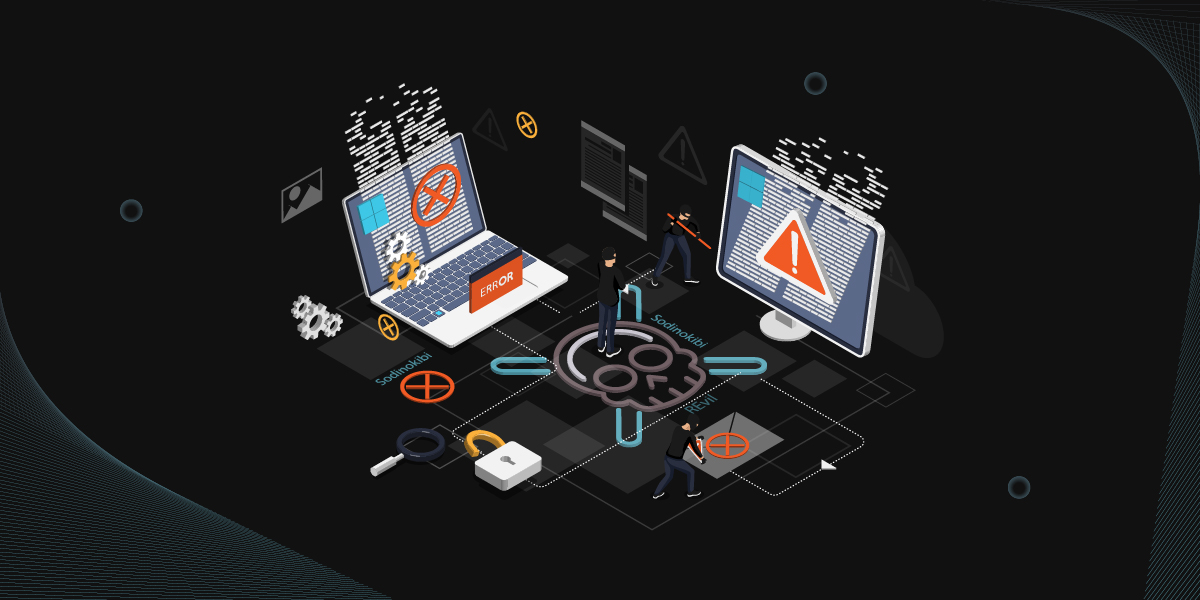Amidst the scramble for more robust endpoint security, there is a need for clarity and a solution that is comprehensive without dragging down performance. The answer lies in the cloud. A special report from K7 Computing.
The landscape of cyber threats is dynamic and increasingly distributed. In other words, the threats are coming in hard and fast, and the range of devices in which they manifest is also growing exponentially. Where an enterprise had to monitor and worry about only a finite number and type of devices, within a limited network, the need for mobility has stretched the jurisdiction of a Chief Security Officer to near-impractical levels.
Cost, Complexity, and Performance
According to a comprehensive study by Markets and Markets, the cybersecurity industry is expected to grow by a Compound Annual Growth Rate (CAGR) of a whopping 11% in five years, from USD 137.85 Billion in 2017 to USD 231.94 Billion. The primary drivers for this scale of expense are increasing regulations and the threat of cyber terrorism. As with any spend that is triggered by forced directives or fear of attack, much of the resources poured into cybersecurity are likely to be reactionary, hurried and, consequently, less than adequate.
For one, a majority of the emerging solutions are isolated. They deal with specific kinds of threats in a siloed fashion. In addition to this, implementation of these solutions also entails the addition of elaborate and often incompatible layers to the existing system — the result – crippling complexity.
Despite investing heavily on security, enterprises might still be exposing multiple endpoints to attack, while adding complexity to the system and, worse, compromising on performance.
Loading all of the latest security policies and safeguards into each system of an enterprise is both fatiguing on the system as a whole and each and can stunt the performance of each device. It could, in turn, have severe repercussions on mission-critical processes.
The Need for Cloud Security
The emergence of Endpoint Detection and Response (EDR) tools is a sign of enterprise priorities. An EDR acts like a virtual ‘black box’ of the system, recording granular information about access and usage across the enterprise. However, without the expertise to interpret and act on the data, this quickly turns into a forensic exercise instead of a proactive one. With threats breaking out at the rate of 390,000 every day (according to the AV-TEST institute), EDR software, without the expertise or workforce to monitor and take action, becomes prohibitively expensive.
What enterprises need, is one cohesive solution, that delivers antivirus, anti-spyware/malware, application control, and even integrates behavioral checks to ensure compliance with security policies. The only concerns, then, are distribution and performance. To work around those concerns, look up.
Precipitating Endpoint Security from the Cloud
To ensure business continuity and compliance, protecting sensitive data from malware and threats, securing network traffic, and meeting regulatory and compliance requirements, you need a cloud-based solution. In addition to fast operation, a cloud-based solution also enables rapid evolution and integration with other emerging fields like artificial intelligence and machine learning.
The following features would frame the ideal cloud-based Enterprise Security system –
Eliminate Infrastructure Costs: The hassle and expense of data centers are replaced by the nearly unlimited capacity at a moment’s notice.
Unified Endpoint Protection: Business continuity and compliance are taken care of; data is secure.
Higher Efficiency Even in Remote: Expensive servers are replaced, and maintenance for security is reduced with low-cost solutions that help keep data close to the branch offices.
A 360-degree View: Comprehensive, actionable, intelligence, unlike the paralyzing detail and granularity of conventional EDR systems
Better Resource Utilization: The fact that most cloud-based solutions have a ‘pay only what you use’ model helps with scaling up or down, without disruption.
The evolution of the antivirus industry into the security industry is one of the most significant shifts for enterprises across the globe. The time is ripe for another shift. The answer, yet again, lies in unifying disparate solutions and combining them into one comprehensive solution – a Cloud Security system.











